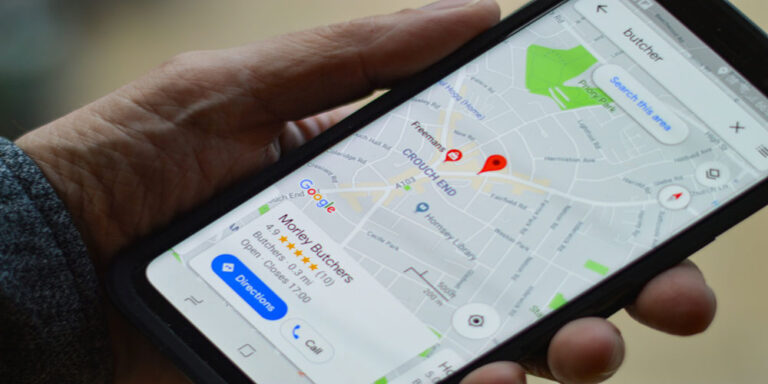
Advertising Unrealistic Broadband Speeds
According to a news story on the BBC news website, Ofcom is seeking to stop internet service providers from advertising unrealistic broadband speeds. Currently most ISPs advertise services as ‘up to’ a certain speed – for instance, 20Mbps (megabits per second). But Ofcom’s latest research finds that very few consumers actually get these headline speeds.
“There is a substantial gap between advertised speeds and the actual speeds people get in their homes,” Ofcom chief executive Ed Richards told the BBC.
“The chances of someone receiving the advertised headline speed are fairly remote,” he said.
“We would like to see clearer information provided to consumers which more accurately reflects the likely speeds they will actually receive,” he added.
Ofcom’s latest research into broadband speeds found that just 14% of customers on ‘up to’ 20Mbps services received speeds of over 12Mbps, while 58% averaged speeds of 6Mbps or less. Cable and fibre services fared better, with 92% of Virgin Media customers on an ‘up to’ 50Mbps service averaging 45.6Mbps. Its lower 10Mbps service saw average speeds of 9.6Mbps.
BT’s Fibre-to-the-Cabinet technology, which is currently available to 15% of UK homes, has an average of 31.8Mbps on the 40Mbps service.
Unrealistic broadband speeds has long been an issue for consumer groups, who say such advertising is adding to consumer confusion over net services.
“Broadband speeds are a major source of dissatisfaction for UK broadband customers,” says Michael Phillips, product director at comparison site Broadbandchoices.
“We have been pushing for ‘typical speeds’ to be made the gold standard for speed measurement since 2007 – in the same way that banks use ‘typical’ APR percentages.”
The Advertising Standards Authority is looking into the issue. Ofcom is recommending that ISPs use Typical Speed Rates (TSR) to avoid confusing consumers. It has set guidelines for these speeds. It recommends that ADSL services currently advertised as ‘up to’ 20Mbps (megabits per second) be changed to a TSR of between 3 and 9Mbps.
BT is not impressed with Ofcom’s idea. “We have real concerns with their approach. Broadband speeds vary from line to line and so it is meaningless to use one speed for advertising. That is why we use the term ‘up to’,” said John Petter, managing director of BT Retail. He said he thought such a policy “would encourage digital exclusion rather than tackle it”. “Enforcing typical speed ranges is also dangerous as it could encourage more ISPs to cherry pick customers who will increase their average, leaving customers in rural and suburban areas under-served,” he said.
PlusNet defended its current advertising. “We offer customers a personalised speed range. “This is confirmed at application and then again once a customer has had their broadband service fully installed – we are completely honest with customers about the speeds they will receive,” said chief executive Jamie Ford.
Virgin Media, which fared the best in the speed tests, welcomed the news: “Ofcom’s latest report is yet another damning indictment that consumers continue to be treated like mugs and misled by ISPs that simply cannot deliver on their advertised speed claims,” said Jon James, executive director of broadband at Virgin Media.
Andrew Ferguson, editor of broadband website ThinkBroadband, said using average speeds could encourage mediocrity. “Providers who now go all out to get the best speeds could give up and make do with the average,” he said. He added that there was “no such thing as an average” because the speed of a connection depends on so many factors, including home wiring, the applications being used and where in the UK people live.
Internet Marketing by Direct Submit






